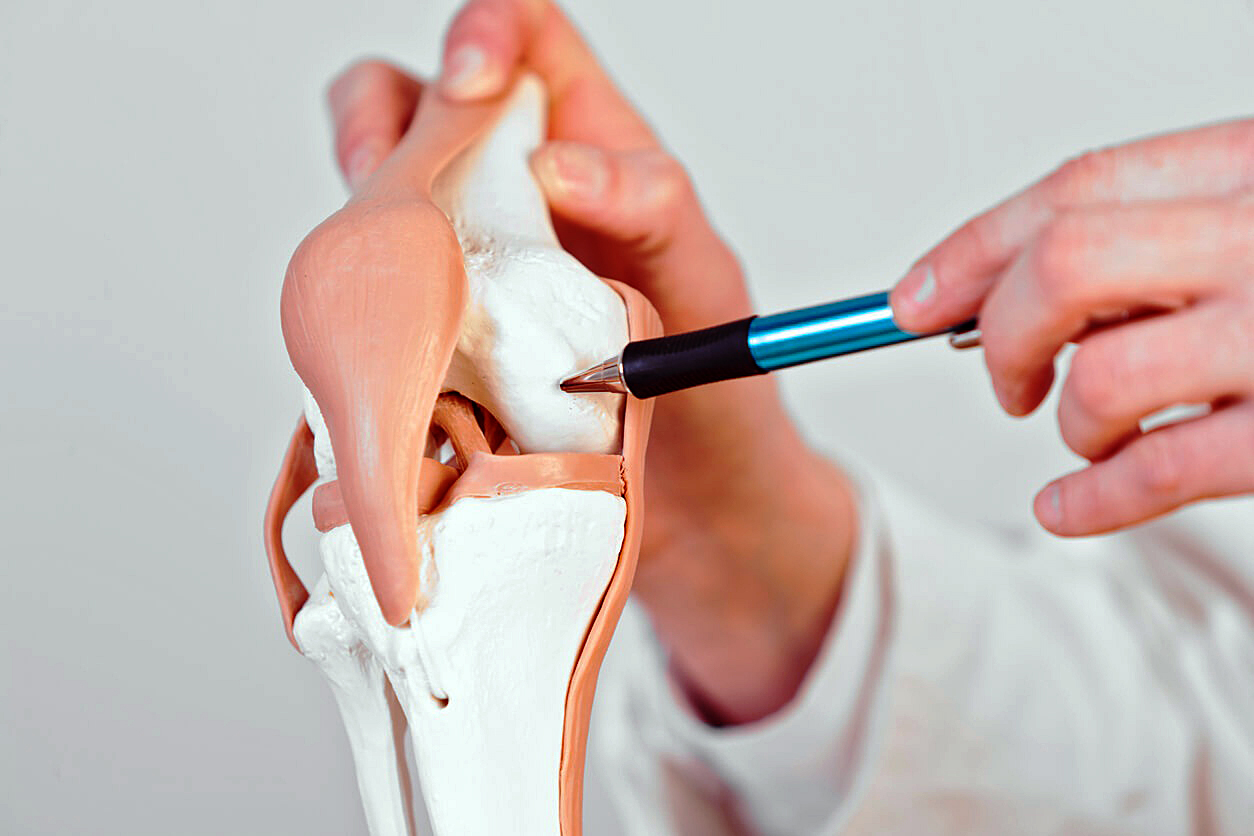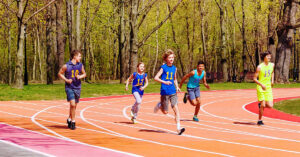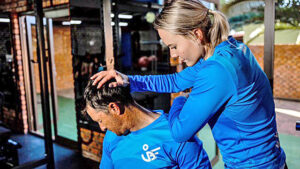Dr Deepak Goyal, who is known for bringing the cartilage science to the Indian subcontinent and currently serving as president of Asian Cartilage Repair Society, says ‘prevention is the best medicine’, when it comes to cartilage injuries
Deepak Goyal

If there is one injury that can ruin the career of a sportsman, it is the cartilage injury. It is not that the other injuries are less damaging. But cartilage injuries are either the primary injuries or the end points of all the other injuries. A meniscus injury, a patellar injury, a bony injury or a ligament injury can be devastating for the knee. If these injuries are not treated, then they can lead to cartilage damage. There can be incidences of direct cartilage injury as well. In a nutshell, a cartilage injury can be a primary injury or a secondary one, caused due to a neglected primary injury. In addition to primary and secondary cartilage injuries, there are some cartilage pathologies that also affect sportsmen
Primary Cartilage Injury
Primary cartilage injury can be an acute injury which commonly occurs due to a sudden shear force while playing. A good example of a shear force is when an opponent’s knee hits a player’s knee leading to sudden shift of the kneecap bone outwards. Primary cartilage injuries are also chronic injuries that typically occur due to overuse or abuse. There is a fine line between overuse and abuse. When you are training harder, you may overuse but when you continue to train harder with pain and knowledge of damage being done, it is an abuse. The chronic primary injuries are due to repeated impaction forces, translational forces or due to angulatory and rotatory forces.
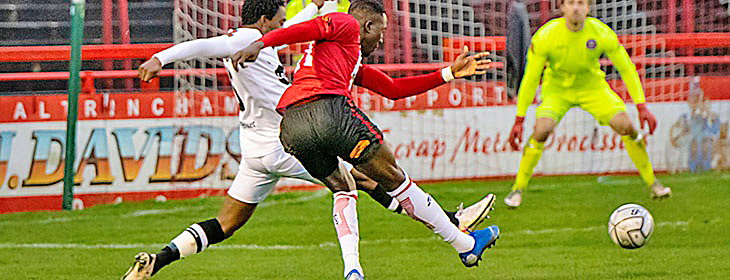
Secondary Cartilage Injury
Secondary cartilage injuries are those that are caused by neglected injury of any other tissue inside your joint or due to abnormal biomechanics being played on your joint. A classic example is a neglected anterior cruciate ligament tear. An untreated ACL tear leads to increase in rotatory movements of the knee putting meniscus (semi-circular discs inside the knee joint) at the risk of developing a tear. It also puts more rotatory stresses on the cartilage leading to excessive wear and tear. Further, a torn meniscus in addition to a neglected ACL tear puts excessive forces on the cartilage leading to permanent damage. According to some studies, each month of neglected ACL tear increases chances of secondary cartilage injury by a certain percentage.
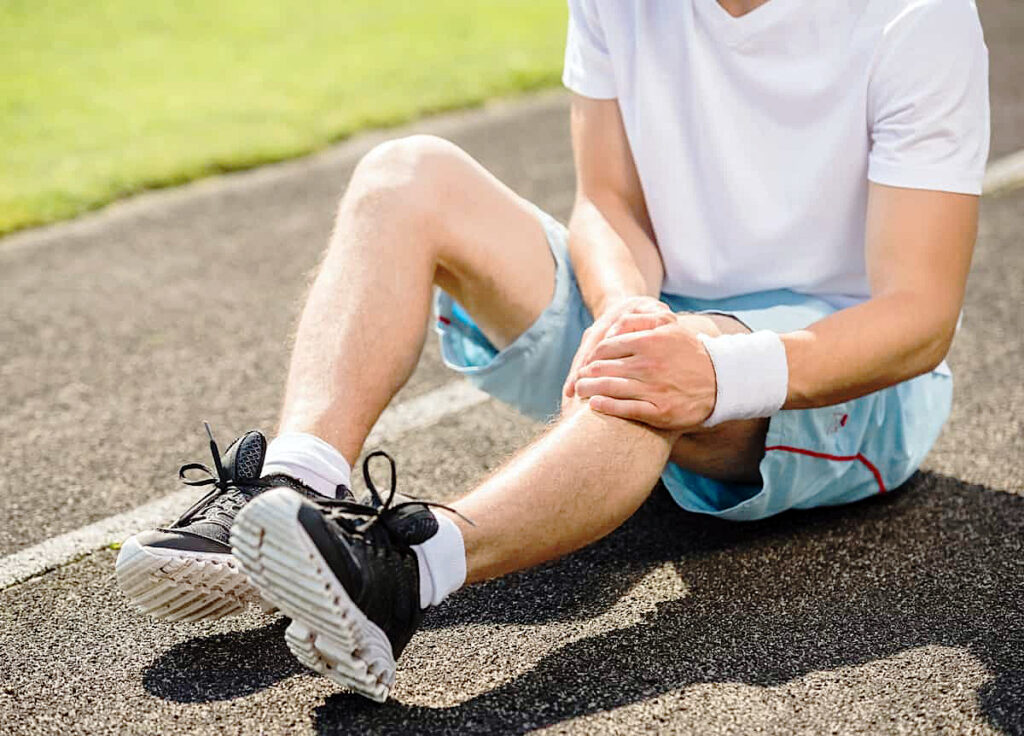
Cartilage Pathologies in youngsters
The most common cartilage pathology in the young population is a disease called osteochondritis dissecans (OCD). Science still doesn’t know the exact cause why it develops and hence we cannot blame a sportsman for the same. The disease creates a loose piece of bone and cartilage inside the knee joint that gets separated from the main bone. Gradually, it starts moving freely in the joint causing episodes of locking, catching, pinching and then painful joints.
Diagnosis of the cartilage injuries
The most important method to diagnose a cartilage injury is a detailed history and a clinical examination of the sportsman by the sports doctor. Investigations come late, only after a good suspicion arises in the surgeon’s mind about the possible diagnosis. Simple x-rays can sometimes help in confirming a diagnosis, but the gold standard is MRI. A good clinical examination by a sports surgeon cannot replace MRI. Most of the time, radiologist will be able to spot the diagnosis on MRI only after a detailed history and findings are given to him.
Treatment
Prevention is the best medicine. Why create a disease and then treat it, if you can primarily treat it. A good understanding of your play, a good knowledge of the possible forces occurring on your joints and potential of those forces to damage the knee, proper rehab to reduce the impact, proper gears to minimize the injury; all go a long way to prevent cartilage injuries. The tip is that each team should spend enough time with his team doctor to understand various potential injuries. And these awareness meetings must be attended not only by players but also by coaches, physios and the team’s management. A good sync between all the team members about injuries goes a long way in preventing these injuries.

But, if the injury happens, it has to be treated. The cartilage repair science is well advanced. Most of the cartilage injuries don’t require any surgery. But, it will need time to recover, which means you may be needed to remain off-game for some time. Bracing, ice application, rehab and activity modification are some of the things that you need to do in addition to rest, for better healing.
Occasionally, some cartilage injuries will be needed to get operated. There are many basic procedures like suturing back, fixing implants etc that help. However, occasionally you may need high skill surgical procedures like osteochondral cylinder transfer techniques or autologous chondrocyte implantations among others.

